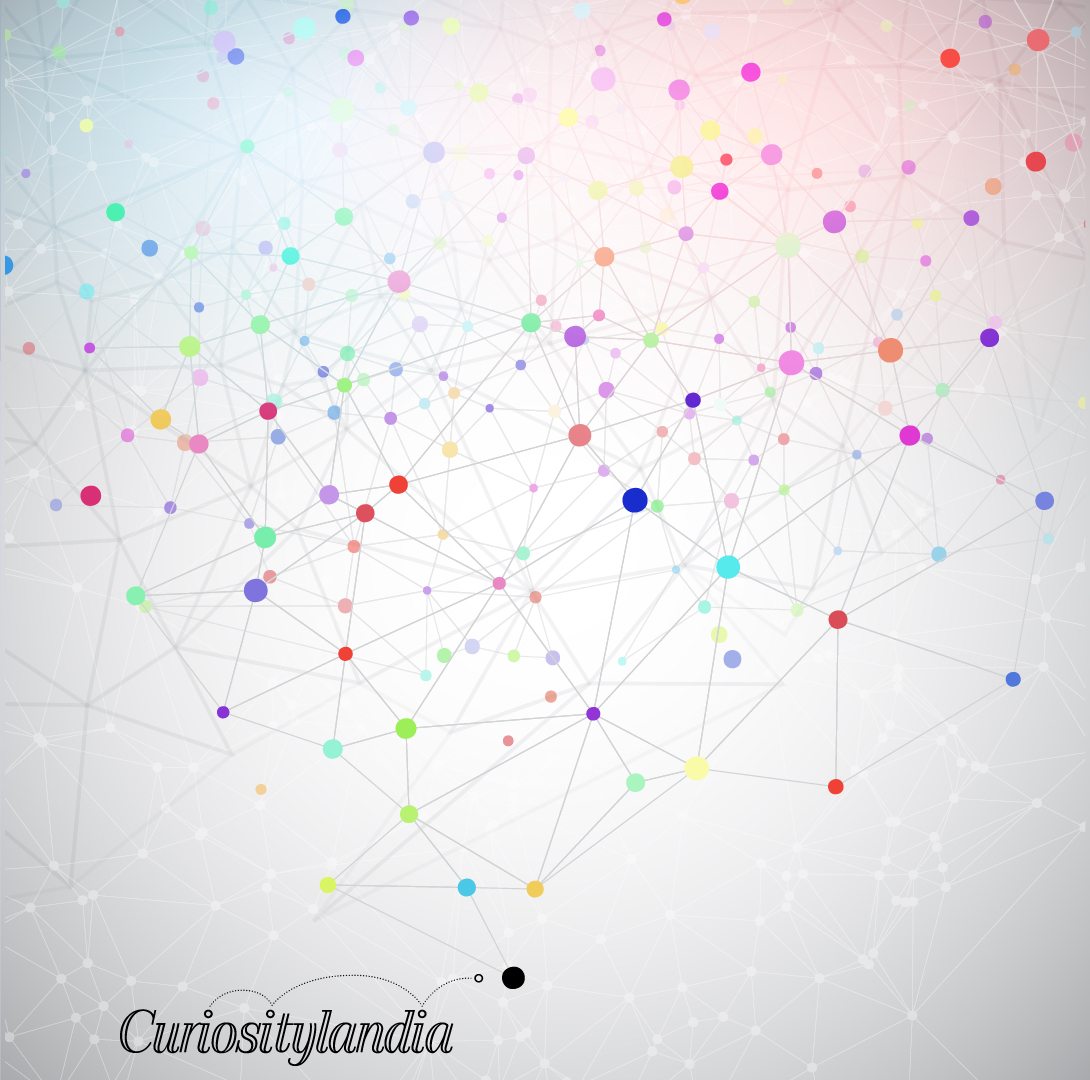Educational Games for Your Holiday Shopping List
Published Date: 11/22/2021

Educational games make terrific gifts for the kids on your holiday shopping list. Games can help to instill a positive mental representation of education by associating learning with excitement and fun. They provide the opportunity for interactive, hands-on learning that is engaging and inspiring. Playing games helps to foster social skills, as kids learn to take turns, follow the rules, and collaborate with other players. Kids also become better listeners and communicators by playing games. Learning through games gives children a sense of accomplishment that boosts self-confidence and motivation.
One of the major benefits of educational games is that they incorporate activities that engage different learning styles. They provide tactile, auditory, visual, and kinesthetic elements that make them very effective for stimulating the interest of all types of learners. Educational games for kids increase their attention to detail and ability to concentrate. Strategic games develop critical thinking skills and have many other cognitive benefits. They teach kids to process, sort, and analyze information. Games can also help kids with math, reading, and other academic subjects.
Following are some of the most highly recommended educational games for kids:
- Skillmatics Card Game: Guess in 10 Junior Animal Kingdom (Ages 3 to 6) - Guess in 10 Junior is great for preschool children since players do not need to know how to read to play the game. It helps kids hone their problem-solving, decision-making, and creative thinking skills. To play the game, kids must think of questions to ask in order to correctly guess the animal on the game card. Thinking of questions to narrow down the possibilities requires deductive reasoning, logic, and imagination. This portable game is travel-friendly and fun for the whole family. Different themes are also available, such as food, sports, and more.
- ThinkFun Zingo Sight Words (Ages 4 and up) - Developed by experienced educators, this game is for early readers in Pre-K to 2nd grade. A variation of the classic Bingo game, it is easy to learn and fun for young children. The game helps kids learn to read by increasing recognition of sight words that are challenging to sound out using phonics. Kids also practice language skills by calling out the words that are drawn. The bingo cards have both pictures and words to expand the vocabulary of early readers. The award-winning game increases concentration and focus, as children need to observe and pay attention to locate the matches on the game cards.
- Qwirkle Board Game (Ages 6+) - Playing Qwirkle involves strategic planning and helps build pattern recognition and attention to detail. Players score points by matching tiles based on attributes such as color and shape to form connecting lines of tiles. Gameplay helps kids sharpen their problem-solving skills and develop pattern recognition. Qwirkle includes levels of strategy and complexity that are engaging for adults too, so the whole family can enjoy playing this game together.
- Osmo Genius Starter Kit (Ages 6 - 10) - Osmo Genius Starter Kit is a popular game for promoting the development of STEM skills, with challenges that incorporate math, science, reading, and more. Kids can also solve puzzles, increase their knowledge of geography, and improve their creative drawing skills. The game facilitates learning through experimentation by providing audio and visual feedback in real-time. It includes interactive pieces and requires an iPad or Fire tablet to play. Be sure to check your device compatibility before purchasing since the game is not supported on some older versions.
- Mattel Games Blokus Game (Ages 7 - 11) - The Blokus game board includes a grid with four sections that resembles the coordinate plane, preparing children for spatial and mathematical reasoning. The game also provides a great introduction to the concepts of area and perimeter. Players take turns strategically placing game pieces of various shapes and colors on the board while trying to block their opponents. Since game pieces can only connect colors at the corners, players need to plan and visualize how to best place them. The object of the game is to place as many pieces on the board as possible before running out of space.
